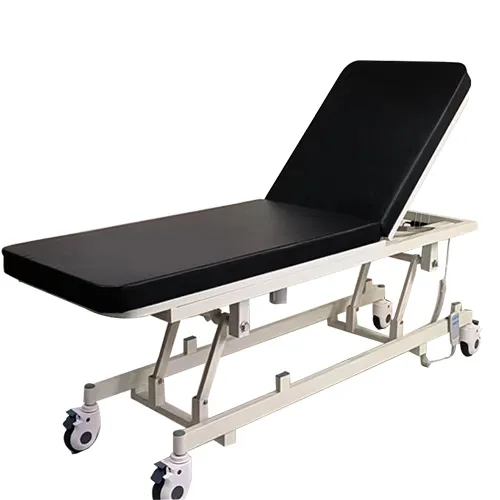Welcome to our websites!
Choosing the Perfect Potty Chair for Your Toddler's Transition to Independence
The Potty Chair A Gateway to Independence
The transition from diapers to using the toilet is a significant milestone in a child’s development. For many parents, the potty chair serves as a crucial tool in this journey. Not only does it facilitate this important change, but it also helps foster a sense of independence and confidence in toddlers. Understanding the benefits, types, and tips for using a potty chair can make this transition smoother for both child and parent.
Understanding the Potty Chair
A potty chair is a small, child-sized seat designed to be used for toilet training. Typically made of plastic, there are various designs that appeal to children, often featuring bright colors or fun characters. Unlike regular toilets, potty chairs are lower to the ground, making them accessible and less intimidating for children who are learning to navigate the process of using the bathroom.
The potty chair is not just a practical device; it serves several psychological purposes as well. It helps children feel secure and in control during a stage of development that can otherwise be daunting. Encouraging children to use a potty chair can promote a sense of accomplishment, which is important for building self-esteem.
Choosing the Right Potty Chair
When selecting a potty chair, parents should consider several factors to ensure that the chair meets the child’s needs. First, it is essential that the chair is comfortable. A seat that is too hard or too small can discourage a child from using it. Look for models with soft, padded seats or those designed with ergonomics in mind.
Secondly, stability is crucial. A potty chair needs to be sturdy enough to prevent tipping, as a wobbly chair can frighten a child. Many parents find that opting for a chair with rubber grips on the bottom adds an extra layer of safety.
Finally, aesthetics matter too. A potty chair that features a child’s favorite character or color is more likely to engage their interest. Fun themes can transform potty training from a chore into an exciting activity.
the potty chair

Tips for Successful Potty Training
1. Timing is Key Every child is different, and the timing of potty training should be based on the child's readiness cues rather than a strict schedule. Signs of readiness include expressing discomfort with wet or dirty diapers, showing interest in the bathroom habits of adults and older siblings, and the ability to follow simple instructions.
2. Establish a Routine Consistency is vital in potty training. Encourage the child to try using the potty at regular intervals, such as after meals or before bed. Establishing a routine helps children develop the habit of using the toilet.
3. Positive Reinforcement Celebrate successes, no matter how small. Positive reinforcement can be as simple as verbal praise or small rewards. This encouragement makes children feel proud of their accomplishments and motivates them to continue using the potty.
4. Be Patient Accidents are inevitable and should be handled with understanding and care. Reassure your child that it is okay and does not mean failure. Remaining calm and encouraging is essential to maintaining a positive atmosphere around potty training.
5. Lead by Example Sometimes, children learn best by observation. Allow them to see older siblings or parents using the toilet if they are comfortable. This can demystify the process and make it seem more familiar.
Conclusion
The potty chair is an indispensable tool in the potty training journey, representing a step toward independence for young children. By choosing the right chair, establishing a routine, and fostering a positive environment, parents can effectively guide their children through this important developmental stage. Ultimately, patience and encouragement will empower children to embrace their new skills, building their confidence and contributing to their growth. The journey may be challenging, but the sense of accomplishment that follows is rewarding for both the child and the parent.
-
Transforming Healthcare with Hospital FurnitureNewsJun.24,2025
-
Rehabilitation EquipmentNewsJun.24,2025
-
Mobility and Independence with WheelchairsNewsJun.24,2025
-
Freedom of Mobility with Our Rollator WalkersNewsJun.24,2025
-
Comfort and Independence with Commode ChairsNewsJun.24,2025
-
Bathing Safety and Independence with Shower ChairsNewsJun.24,2025
-
Navigating the Wholesale Landscape of Electric Mobility Solutions: Key Considerations for Power Wheelchair DealersNewsJun.10,2025











